Cross stitching is one of the most common types of needlework. Craftswomen, using a wide range of thread colors, create real masterpieces. Work on embroidery lasts more than one week, and can be several months. You need to have extraordinary patience and perseverance to make a million stitches and finish the work.
The need for washing
Should the embroidery be washed after finishing the work? The answer is clear - yes. Due to prolonged contact with hands, the threads lose their gloss, the canvas gets dirty. The needlewoman has questions: how to wash cross stitch so that the work does not fade, what product to use, is it necessary to iron the product?
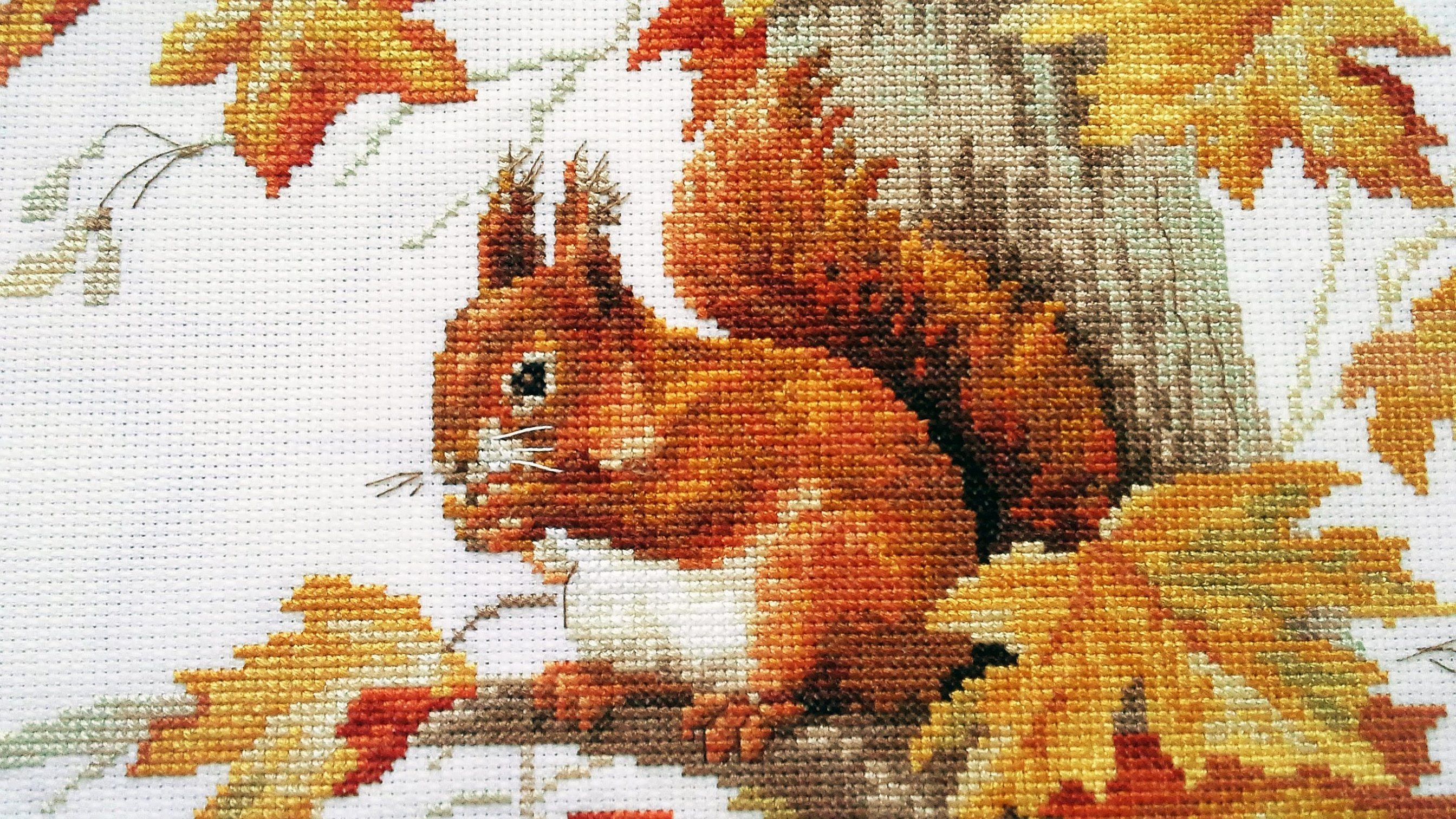
Washing will allow you to:
- Remove traces of hand contact.
- Remove the sketch from which the drawing was drawn.
- Return the product to its shape stretched by the hoop.
- Remove dust and other contaminants.
- After washing, the product will look neater, smoother, and creases will be eliminated.
- The colors become brighter.
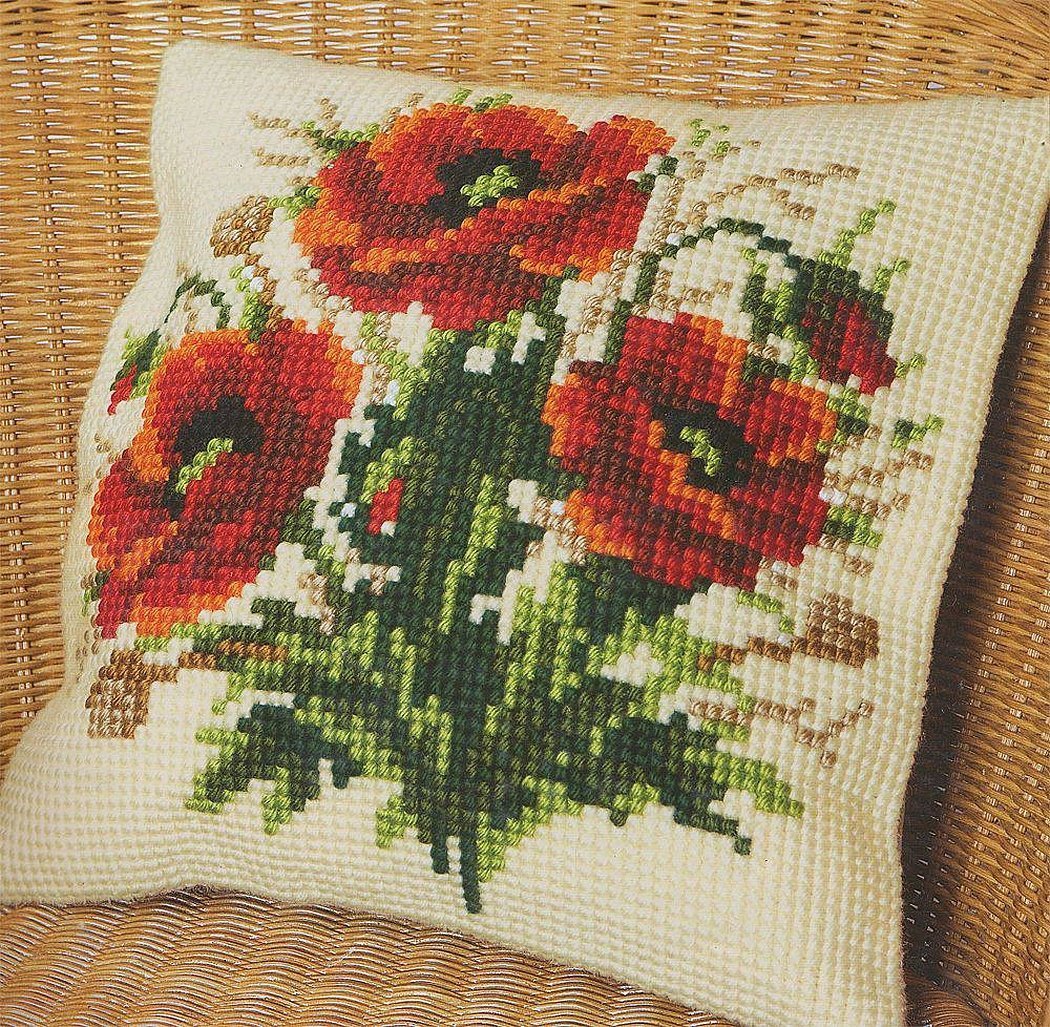
Check before washing
Before cleaning, remove the cross stitch from the hoop and inspect the canvas to make sure it is not deformed. Secure all threads. Seal the edges with glue or clear varnish to prevent them from unraveling. Or stitch on a sewing machine using a zigzag stitch. If the canvas was purchased in an embroidery kit, its edges have been treated by the manufacturer and will not unravel.
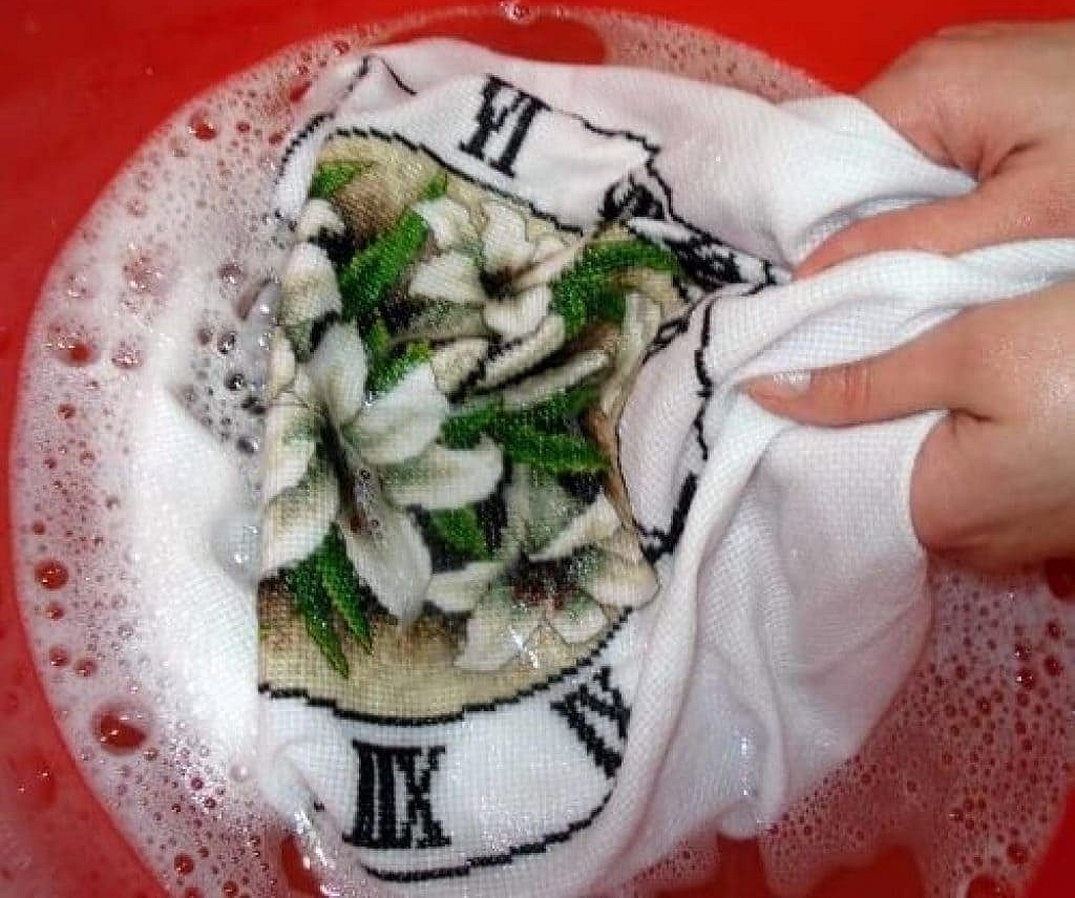
Important to know what threads were used and what recommendations do their manufacturers give?
- If the floss is hand-dyed, wet cleaning may be contraindicated for such threads. Read the instructions carefully.
- Wool floss may shrink when washed. To prevent this, use cool water.
- Cotton threads can withstand temperatures from 60 to 90 degrees. But the pigment may fade. The floss is very thin and should not be exposed to high temperatures.
Preventing color loss
When embroidering, you need to pay attention to whether your hands are dyed or not. Most likely, the product will fade when washed. The embroidery should be rinsed in a weak vinegar solution (1 tablespoon per liter of water). This will not only fix the color, but also add brightness to the entire work. Laundry soap will also help prevent color loss.

To prevent stains from appearing on an embroidered picture after washing, you need to dip the item in a salt solution before wet cleaning. It will prevent the detergent from penetrating deeply into the thread fibers and fixing in them, leaving stains. Also, the salt solution will prevent the formation of a greasy film, which will have a positive effect on the color of the picture.
Peculiarities of washing decorated embroidery
Mouline threads are very delicate and capricious and require delicate cleaning. Items with beads and other decorative elements should not be kept in water for a long time. Therefore, they are not soaked, but washed immediately.
Hand wash
To prevent the work from fading, you need to choose the right water temperature. It should not be too cold or too hot. The optimal temperature is 30-40 degrees. First, soak the embroidery in warm water for about 30 minutes.
Please note: If a special marker was used for the sketch, the product should first be soaked in cold water. Otherwise, the pigment will stick to the canvas. And then it will be almost impossible to remove it.
Embroidery should not be rubbed, crushed or brushed. Only gentle stroking with a hand or a soft sponge or rinsing in soapy water is allowed.
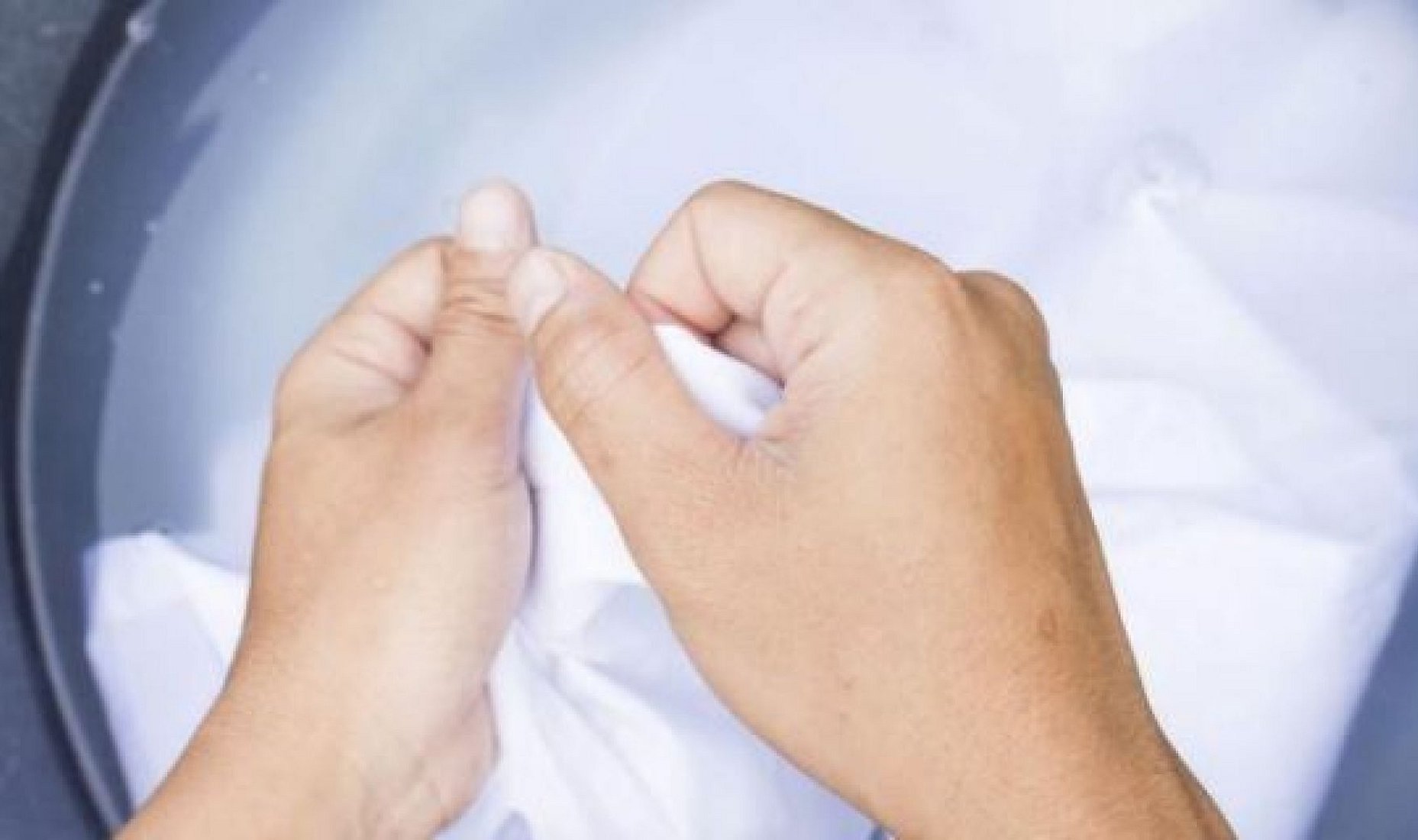
Advice on how to wash cross stitch so that it does not lose its shape: stretch the product onto a frame or wooden frame. Wet the painting with a shower, apply a liquid detergent. Wash the work in a circular motion. Rinse with a shower. Let the product drain, then blot with a dry towel. Dry in an upright position.
Machine wash
Using a washing machine to wash cross stitch is strictly prohibited. The product will fade, fray, lose its shape and appearance. Poorly secured knots may come undone. It would be a shame to ruin several months of work.

How to remove stubborn stains from embroidery
Stains are treated from the inside out and only then washed. In case of serious contamination, you can rub the stain with a soft toothbrush. You need to act from the inside out with careful movements strictly in one direction. Needlewomen often use a pencil lead to create a sketch. The question arises, how to wash a pencil from embroidery:
- A mixture of soap solution and soda will help remove pencil stains from embroidery.
- Blood, coffee and iron stains can be removed with hydrogen peroxide.
- Vinegar will deal with rust.
- Citric acid is used against tea stains (1:10).
- baking soda removes traces of mold well.
- Special anti-stain soap will cope with traces of felt-tip pens, pencils and pens.
It is worth remembering that these products are applied directly to the stain with a cotton pad and washed under running water. And only then can you start soaking and washing directly.
Choosing an effective remedy
What products can be used to clean embroidery:
- Laundry soap, previously dissolved in warm water.
- Liquid detergent for delicate fabrics.
- Special shampoo, preferably without dyes.
- Dishwashing liquid, provided that it does not contain any aggressive substances.
- You can bleach the canvas with oxygen bleach or using folk remedies (soda, peroxide). They should be applied only to the canvas itself, without touching the colored threads.
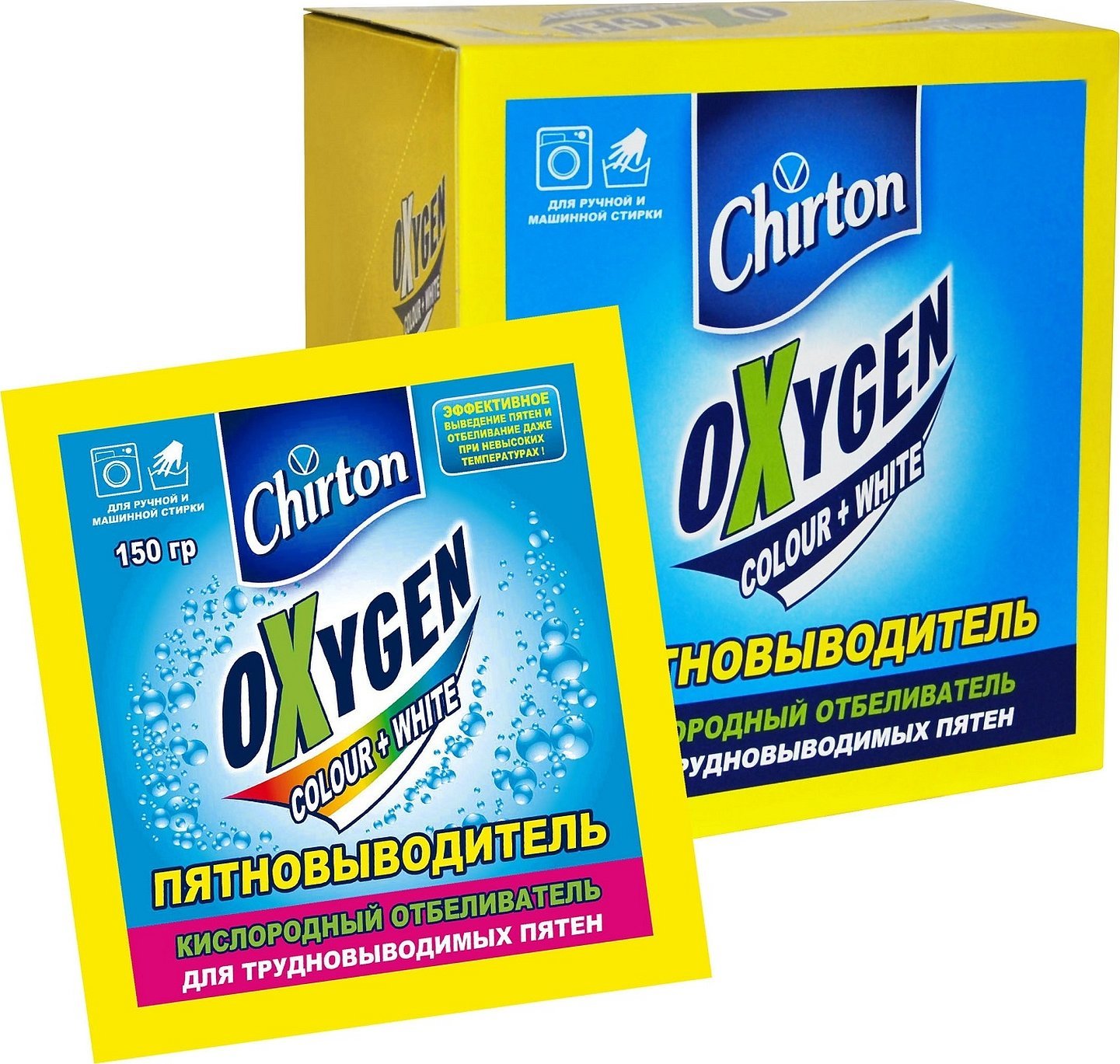
- Do not use products containing chlorine.
- It is better not to use powder, the grains can damage the structure of the threads. You can use a strained solution of washing powder.
Rinsing, drying
The product should be rinsed in several cool waters until it becomes transparent. The embroidery should be wrung out without twisting. The work is laid out on a spread towel. Rolled into a roll and left for 20-30 minutes. Dry horizontally on a dry towel. The fabric is carefully straightened, paying special attention to the traces of the hoop. All irregularities and distortions are smoothed out. Drying on a rope is not allowed, as creases will form. It will be difficult to fix them.
Ironing embroidery
Slightly damp work is ironed on a terry towel with medium pile. This way the crosses will remain voluminous. It is better to set the iron mode for silk and delicate fabrics. Iron from the back side. Do not press hard, in circular motions. You can use a steam generator and then you will not have to worry about the embroidery being damaged.
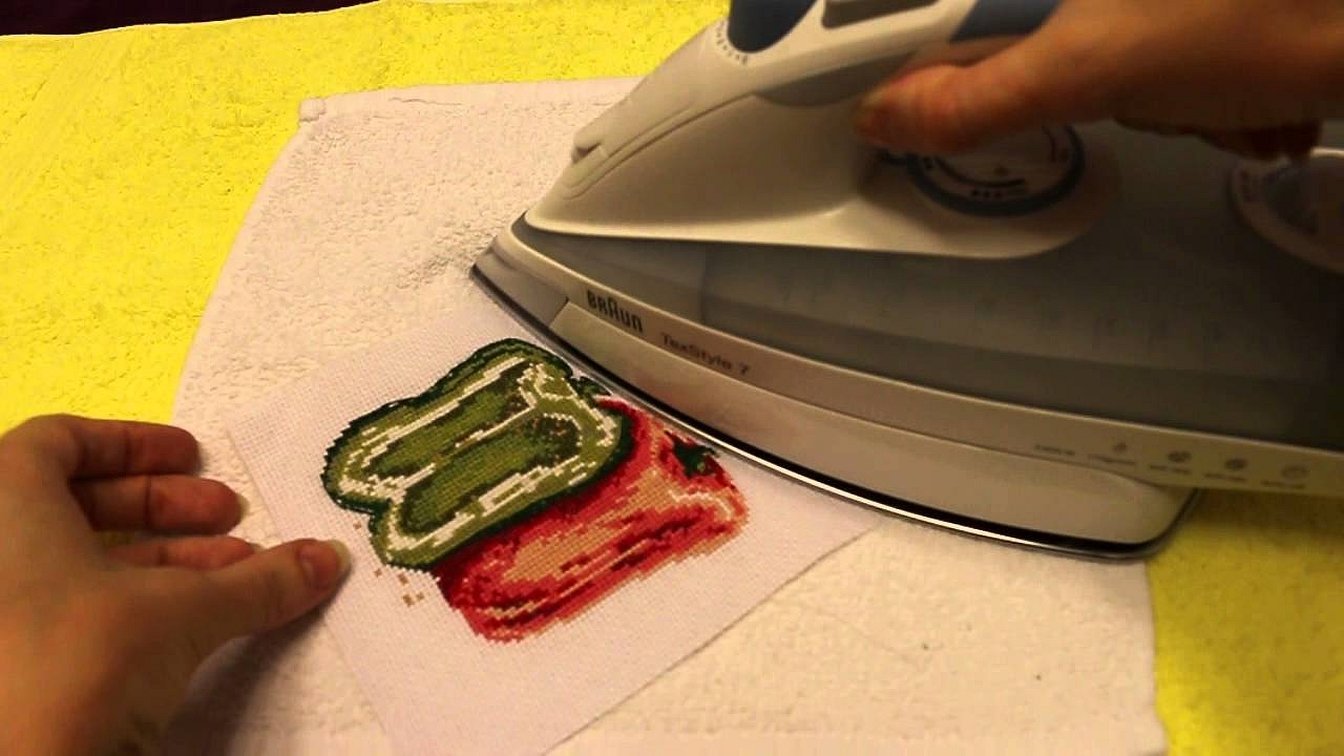
The result of painstaking work is a unique handmade product. In order for the painting to please the eye with the brightness of colors, you need to follow simple care rules. Framing the product will be a wonderful end to the work.




